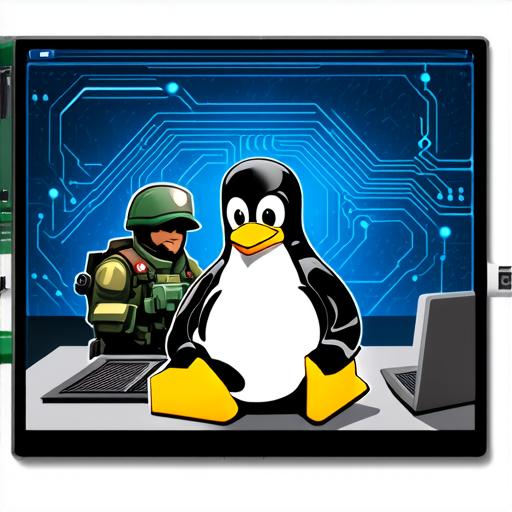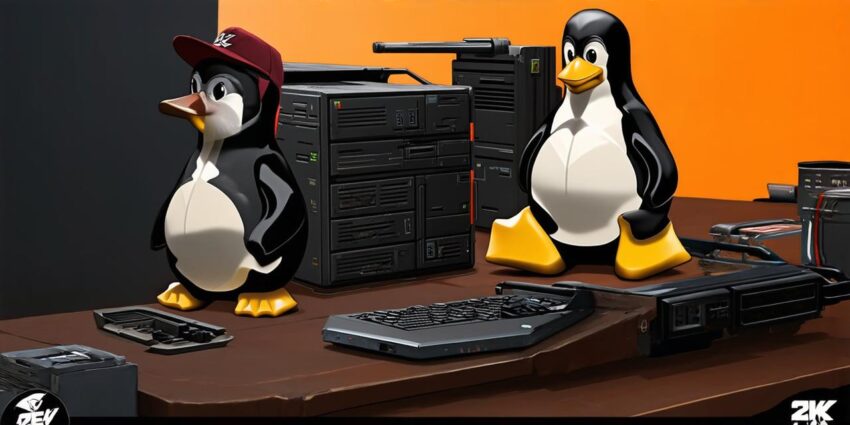Hardware Requirements
Before we dive into the software side of things, it’s important to make sure you have the right hardware to run a dedicated server. The hardware requirements for a TF2 dedicated server are relatively low, but you’ll still want to make sure you have at least the following:
- A Linux-based operating system (Ubuntu, CentOS, Debian, etc.)
- At least 4GB of RAM
- A multi-core CPU (Intel Core i5 or better)
- At least 100GB of free hard drive space
- A network card with at least 1 Gbps of bandwidth

Of course, the exact requirements will depend on the number of players you plan to support and the complexity of your server configuration. But as a general rule, the more resources you have, the smoother the gameplay experience will be for your players.
Choosing a Server Software
Once you have the hardware in place, it’s time to choose a server software. There are several options available for TF2 dedicated servers, but one of the most popular is Garry’s Mod (GMod). GMod is an open-source platform that allows you to create and manage custom game modes, plugins, and scripts for TF2 and other games. It also includes built-in support for dedicated servers, making it easy to set up and configure a server for your TF2 games.
Another popular option is SourceMod, which is another open-source platform that allows you to create and manage custom game modes, plugins, and scripts for TF2 and other games. Like GMod, SourceMod includes built-in support for dedicated servers, making it easy to set up and configure a server for your TF2 games.
Setting Up the Server
Once you’ve chosen your server software, it’s time to set it up on your Linux-based operating system. The exact steps will depend on which server software you choose, but here is a general outline of what the process might look like:
- Install the server software on your Linux-based operating system. This will typically involve downloading the software from the official website or repository and following the installation instructions provided by the developers.
- Configure the server software to suit your needs. This will typically involve creating a configuration file that specifies things like the port number, maximum number of players, and other settings. You may also need to configure any plugins or scripts you want to use with the server software.
- Start the server software. Once you’ve configured the software, you can start it up by running the appropriate command in the terminal.
- Connect to the server using a TF2 client. Once the server is up and running, you can connect to it using a TF2 client by specifying the server’s IP address and port number in the client’s settings.
Optimizing Server Performance
Now that your TF2 dedicated server is up and running, it’s time to optimize its performance for maximum gameplay experience. Here are some tips to help you do just that:
- Monitor server resources. Keep an eye on the server’s CPU, RAM, and disk usage to make sure it’s not being overloaded. You can use tools like top or htop to monitor these resources in real-time.
- Adjust server settings as needed. If you notice that the server is running slow or experiencing lag, you may need to adjust some of its settings to improve performance. For example, you might try increasing the maximum number of players allowed on the server, or reducing the amount of memory used by plugins and scripts.
- Use caching to speed up server response times. Caching can help improve server response times by storing frequently accessed data in memory, so it can be retrieved more quickly. There are several caching plugins available for GMod and SourceMod that you can try out.
- Optimize your network connection.
